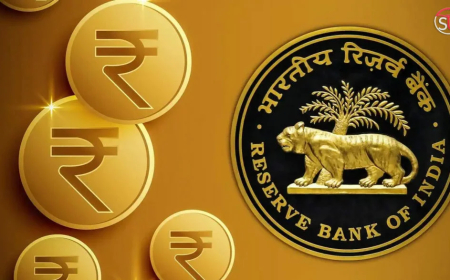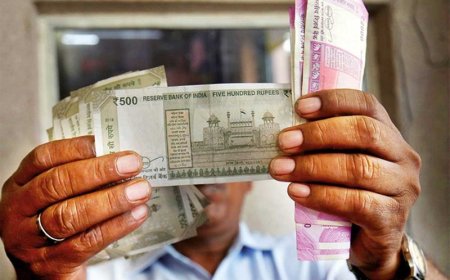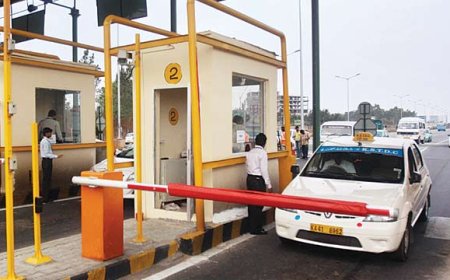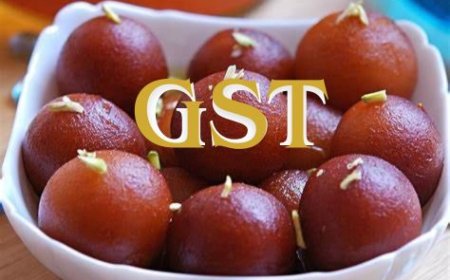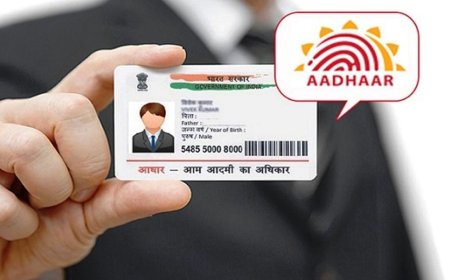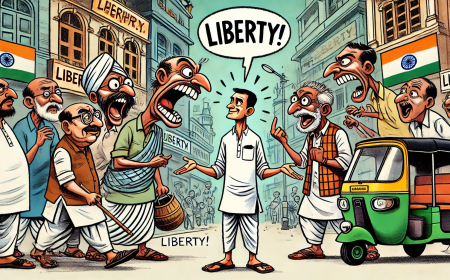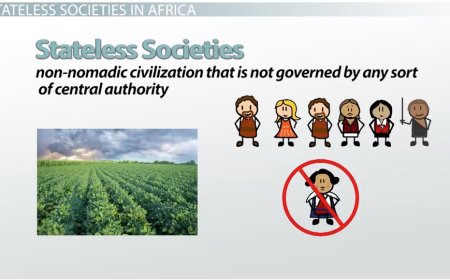Why GST Is Like Your Favorite Indian Sweet: Too Many Layers, and Half of It’s Just Sugar
GST in India, much like your favorite Indian sweet, has many layers. While it promises simplicity, it often leads to confusion and added complexity. This article explores how GST, though sweet in theory, can feel like an overwhelming dessert with too much sugar.
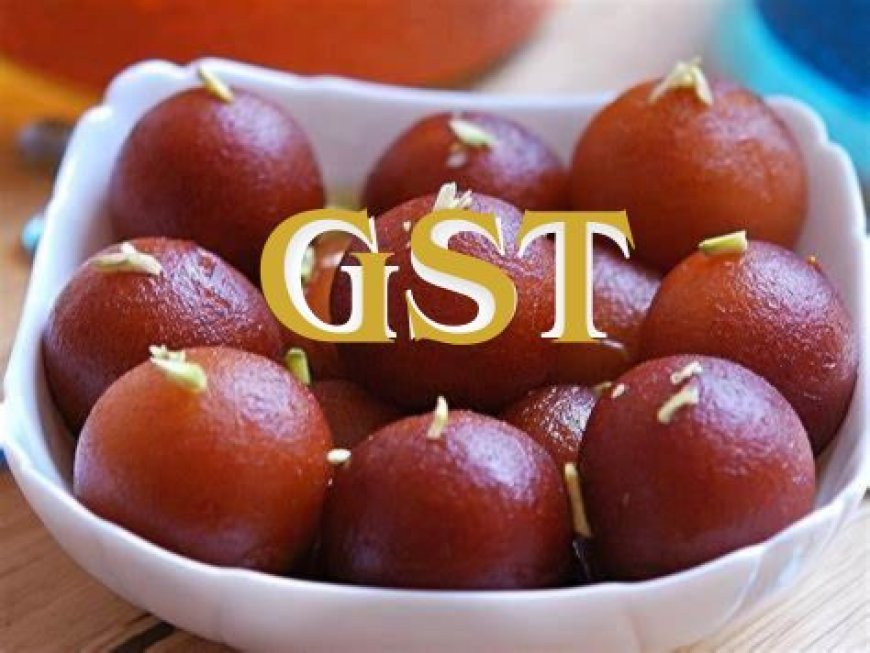
The Goods and Services Tax (GST) in India was introduced with great fanfare, with the promise of unifying the country’s tax system and simplifying the lives of businesses and consumers alike. The government sold it as a one-nation, one-tax system that would streamline tax collection and improve the ease of doing business. But if you take a closer look, GST might just remind you of your favorite Indian sweet: too many layers, and half of it is just sugar.
The Initial Promise – Sweet, Simple, and Unified

Just like the first bite of a Gulab Jamun or a Rasgulla, GST seemed like a sweet, simple solution. The idea was straightforward: eliminate cascading taxes and replace a fragmented system with one unified tax structure. In theory, this should make the entire process of tax collection simpler, more transparent, and more efficient.
This simplified tax structure would unify the country under a single tax system, meaning no more different taxes in different states. GST would pave the way for a more efficient market, promote ease of doing business, and increase government revenue by bringing more transactions under the formal tax net. For businesses, GST promised lower compliance costs, easier inter-state trade, and a more transparent system that would level the playing field for everyone.
The Layers – Too Much Complexity for a Simple Idea

But as you go deeper into the world of GST, you quickly realize that it's not all as sweet as it initially appeared. Much like biting into an Indian sweet only to find layer upon layer of syrup and dough, GST comes with its own set of complexities.
There are multiple components to GST – CGST (Central Goods and Services Tax), SGST (State Goods and Services Tax), IGST (Integrated Goods and Services Tax), and more. This layered structure might seem necessary for maintaining a balance between the central and state governments, but for most consumers and businesses, it simply adds confusion. The real “taste” of GST is not as sweet as the concept itself.
GST was supposed to be a one-tax system. Instead, businesses now need to navigate through multiple return forms, deal with different tax slabs for different goods and services, and track transactions across the state and central systems. In essence, what was meant to simplify things ended up creating more bureaucracy.
The Hidden Costs – More Work, Same Sweetness
Now, let’s talk about the hidden costs. Every Indian sweet comes with the sugar syrup that drenches the dessert, and while that syrup adds flavor, it also adds a lot of unnecessary sweetness. Similarly, the benefits of GST are often clouded by the hidden costs that consumers and businesses have to bear.
For businesses, the compliance requirements can be burdensome. The paperwork, the filing of returns, the constant updates on the changing rates, and the need to maintain detailed records can be overwhelming. It's not just about paying tax anymore; it’s about ensuring you're filing the right returns, with the right details, at the right time. For small businesses, this additional paperwork can be an obstacle to growth.
For consumers, the impact of GST is no less. While the promise was that GST would lower prices and reduce the overall tax burden, the reality has been different. With the multiple tax slabs, the introduction of GST has created confusion over pricing, and not all goods and services saw an immediate drop in prices. Some prices went up, while others remained stagnant due to hidden tax breaks. It’s like biting into a sweet only to find that half of it is just sugar syrup—sweet, but you feel a little bit cheated.
The Bureaucracy – Too Much Red Tape in a Sweet Idea
Another major drawback of GST is the bureaucratic hurdles it imposes. The whole process is heavily dependent on compliance, and small businesses have often complained that they spend more time on filling forms and navigating red tape than they do running their actual business. This is where the analogy to our beloved sweets holds true: what was supposed to be a simple treat has now turned into a full-course meal of paperwork.
A system that was meant to streamline and simplify things now feels overly bureaucratic, slowing down the entire process. Just like you wouldn’t want to deal with layers of bureaucracy when you’re craving a sweet, businesses don’t want to get caught up in endless filings, complicated forms, and multiple deadlines. The sweet taste of GST is quickly overshadowed by the bitterness of compliance.
The Solution – Less Sugar, More Substance
So, what’s the solution? Just like Indian sweets could do with a little less syrup and more balance, GST could benefit from some simplification. Here are a few suggestions:
-
Streamlining Returns: Instead of the multiple forms and returns that businesses must deal with, a more streamlined approach would benefit everyone. A simple, single return system for businesses across the country would significantly reduce compliance costs.
-
Tax Slab Simplification: The introduction of GST brought in multiple tax slabs. While it was meant to make things more equitable, it only added confusion. A simplified, single-tax slab system could make compliance easier for businesses and improve clarity for consumers.
-
Better Implementation at the State Level: While the idea of a unified tax structure was great, the way it’s implemented across states has caused confusion. A more uniform approach to GST implementation would ensure businesses don’t face different challenges in different states.
-
Incentivizing Small Businesses: Instead of imposing stringent compliance measures, there should be incentives for small businesses to thrive within the GST system, helping them grow without feeling burdened by the system.
Conclusion: Less Sweetness, More Substance
In the end, GST has a lot of potential to streamline India’s tax system, but it needs to be simplified. Like your favorite Indian sweet, it’s best enjoyed in moderation, with just the right balance of sweetness and substance. Too many layers, and it stops being as enjoyable. For GST to truly benefit India, it must be simplified and streamlined, ensuring that businesses and consumers don’t get bogged down in endless layers of syrup and sugar. Only then can it become the sweet treat it was meant to be.
What's Your Reaction?














